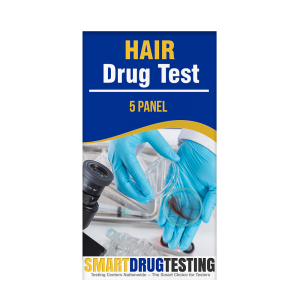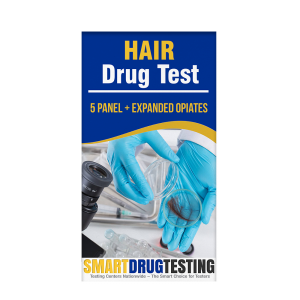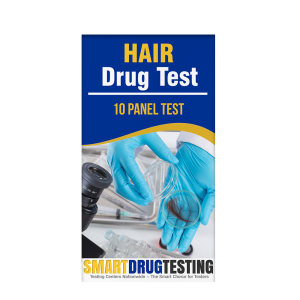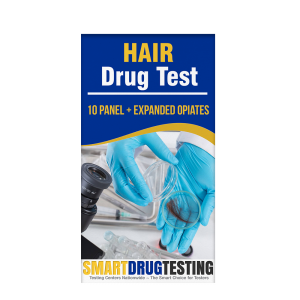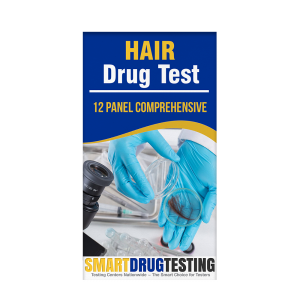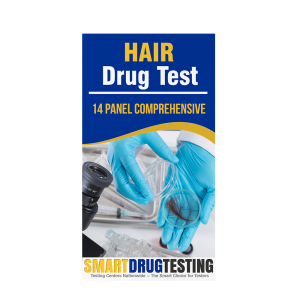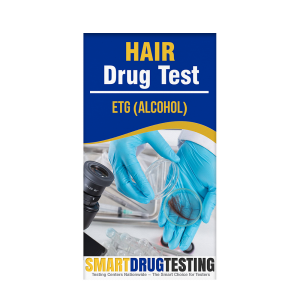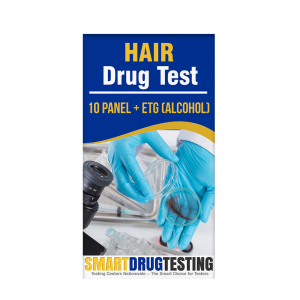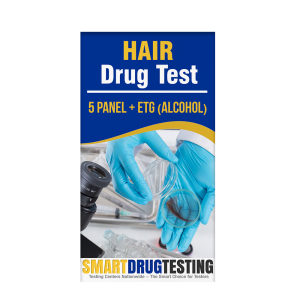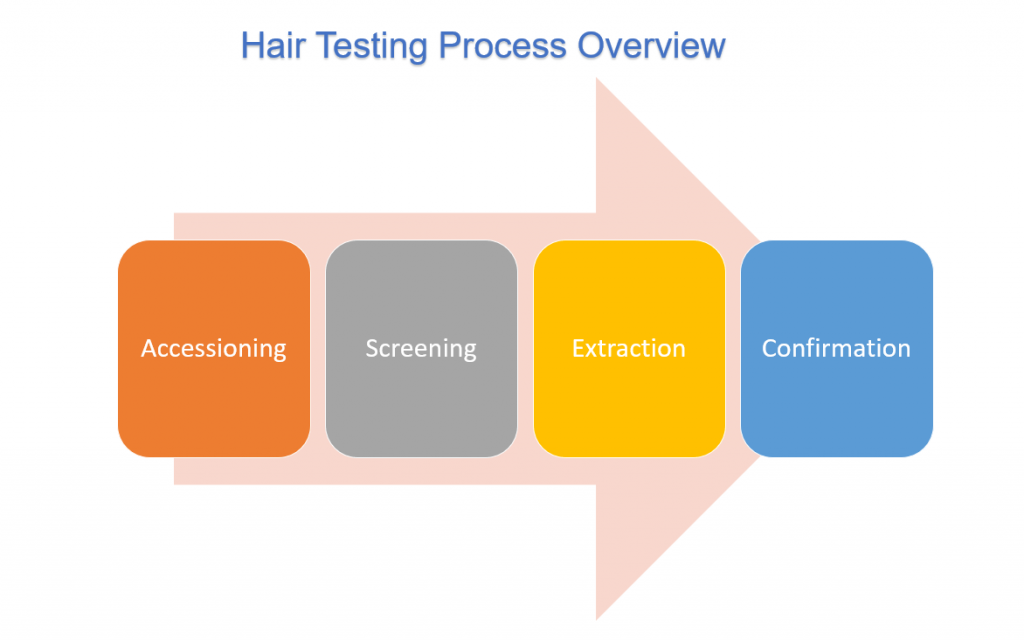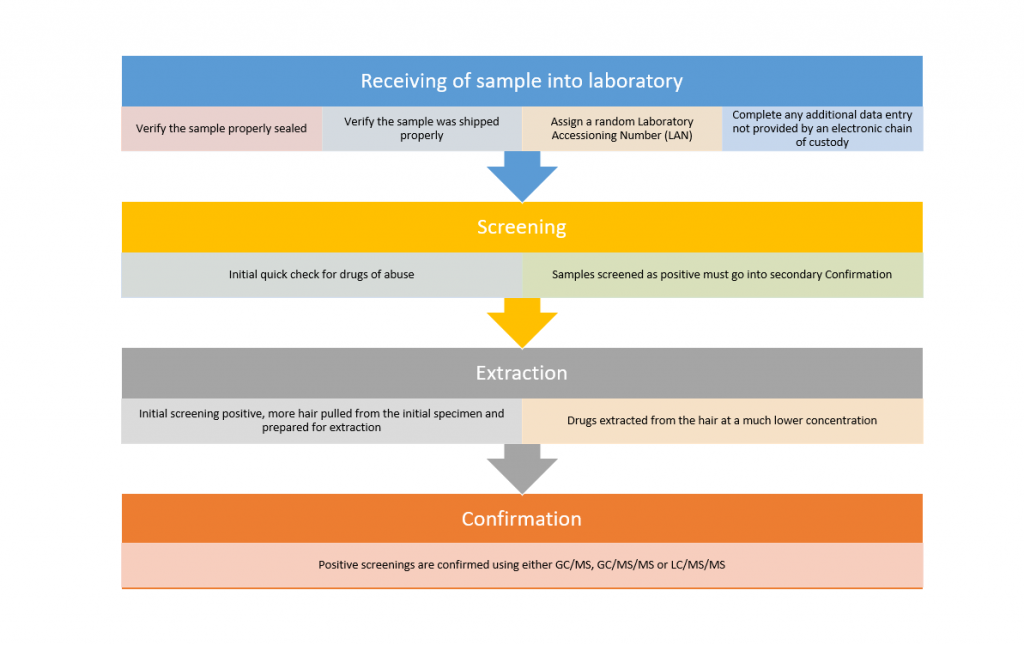Hair Drug Testing Catonsville, MD

Schedule your hair drug test at our Catonsville, MD drug testing centers. Employment, court ordered. Same day service. Call us today (800) 977-8664 or schedule online. Smart Drug Testing provides Catonsville Maryland hair drug testing with a detection period up to 90 days. Our Catonsville Maryland testing centers are within minutes of your home or office.
Have questions? We can help! Getting a hair drug test can be quite intimidating. We can answer all your questions. In recent years, the method to conduct drug testing has more frequently included a hair drug test. Many employers, courts and Substance Abuse Professionals are requiring a hair drug test instead of a standard urine test.
Schedule Your Hair Drug Test Today
-
Hair Follicle Drug Tests
5 Panel Hair Follicle
Standard 5 Panel Hair Follicle Drug Test.
$139.99 Order Now -
Hair Follicle Drug Tests
5 Panel Hair Follicle + Exp. Opiates
Standard 5 Panel Hair Follicle Drug Test with Expanded Opiate testing.
$189.99 Order Now -
Hair Follicle Drug Tests
10 Panel Hair Follicle Drug Test
Standard 10 Panel Hair Follicle Drug Test.
$239.99 Order Now -
Hair Follicle Drug Tests
10 Panel Hair + Exp. Opiates
Standard 10 Panel Hair Follicle Drug Test with Expanded Opiate Testing.
$289.99 Order Now -
Hair Follicle Drug Tests
12 Panel Hair (Comprehensive)
A 12 Panel Hair Follicle Drug Test including Expanded Opiate Testing.
$339.99 Order Now -
Hair Follicle Drug Tests
Hair Follicle ETG (Alcohol)
Hair ETG Test with 90 day detection period. (appointment may be required)
$349.99 Order Now -
Hair Follicle Drug Tests
10 Panel + ETG (Alcohol)
Standard 10 Panel Hair Follicle Drug Test with ETG Alcohol testing.
$499.99 Order Now -
Hair Follicle Drug Tests
5 Panel Hair + ETG Alcohol
Standard 5 Panel Hair Follicle Drug Test with Alcohol Testing included.
$399.99 Order Now
Hair drug tests are used by employers who have zero tolerance drug use policies, courts and individuals on probation. The primary advantage of a hair drug test is that it includes a much longer detection period for drug use which typically is up to 90 days. However, when screening for drug use within the last 5 days the urine test continues to be the most accurate test.
Hair drug testing is the only method available that provides up to a 90-day look back period for drug use. Data has shown that hair drug testing provides almost twice the number of positives because of its longer window of detection (look back period). If a donor has no hair on their body, then a hair test cannot be performed!
What is the Process for a Hair Drug Test?
FAQ's About Hair Drug Testing
What Drugs are Screened for in a Hair Test?
5 Panel Hair Follicle Drug Test
The 5-panel hair follicle drug test screens for the following
- Amphetamine
- Cocaine
- Marijuana
- Opiates
- Phencyclidine (PCP)
5 Panel w/ Expanded Opiates Hair Follicle Drug Test
The 5-panel w/ expanded Opiates hair drug test screens for the standard 5 drugs but will also screen for Opiate class drugs such as pain killers, which may indicate abuse of prescription drugs.
- Amphetamines (amphetamine, methamphetamine, MDMA, MDA)
- Cocaine (metabolite)
- Marijuana (THC)
- Phencyclidine (PCP)
- Opiates (Codeine Morphine Hydrocodone Heroin (6-monoacetylmorphine (6-AM)
- Expanded Opiates Hydrocodone Hydromorphone Oxycodone Oxymorphone
Introduction to Catonsville
Catonsville is a census-designated place (CDP) in Baltimore County, Maryland, United States. The population was 41,567 at the 2010 census. The community lies to the west of Baltimore along the city's border. Catonsville contains the majority of the University of Maryland, Baltimore County (UMBC), a major public research university with close to 14,000 students.
Before European colonists settled in present-day Catonsville, the area was occupied by the Piscataway tribe. These Native Americans had good relations with the first European settlers in the area, but wars and diseases caused their population to decline. The remainder of the tribe’s population gradually dispersed. In the early 1700s, colonists slowly settled in the area, and roads were built. The first of these settlements in the present-day Catonsville area was Johnnycake Town, settled in the 1720s. Johnnycake Town was named after the kind of cornbread sold to travelers at the local tavern. Although Johnnycake Town has since disappeared from maps, its main roads, Johnnycake and Rolling Road, still exist today. Rolling Road was used to transport tobacco from plantations south to the Patapsco River on horse-drawn wagons. In 1787, the Ellicott family built a road, called the Frederick Turnpike, to transport goods from their flour mill, Ellicott Mills, to the Baltimore harbor. The turnpike was built just south of where Johnnycake Town was. Charles Carroll, who was the last surviving signer of the Declaration of Independence, owned land next to the newly built road. He instructed his son-in-law, Richard Caton, to develop the area along the road. He gave his name to the community and called it “Catonville”, although the name was changed to “Catonsville” in the 1830s. For decades, the village remained as a quiet farming community. Businesses sprang up along the Frederick Turnpike to cater to travelers traveling from Ellicott City to the Baltimore harbor. Naturally, Catonsville served as a layover stop for the travelers, and the town increasingly grew and developed. The pleasant surroundings attracted wealthy Baltimorean merchants, who, eager to escape the summer heat, built large Victorian and colonial summer homes there. Many of these homes still stand today. Starting in 1862, horsecar services connected Catonsville to Baltimore, and in 1884, the Catonsville Short Line railroad was built, providing 8 roundtrip trains to Baltimore daily. This allowed people to live in Catonsville but commute to work in Baltimore. Commuter traffic exploded in the 1890s with the construction of electric streetcar lines and fancy housing developments. Catonsville had become one of the first commuter suburbs in the United States. Baltimore had tried to annex Catonsville, although their attempts have all been failures. Their last attempt was in 1918. Homes of all sizes were being constructed rapidly until the 1950s when much of land around the Frederick Turnpike had been converted into housing.
A new and modern business district opened along the newly built Baltimore National Pike, which is north, but parallel to the older Frederick Turnpike.
We also offer 9, 12,14 and 17 panel hair tests. For more information on hair testing or to order a hair drug test in Catonsville, MD, call Smart Drug Testing at 800-977-8664 or pick your test below.
Hair Drug Testing Locations in Catonsville MD
2 East Rolling Crossroads, Suite 51
Catonsville, MD 21228
(Don't see a location near you? Call us (800) 977-8664)

